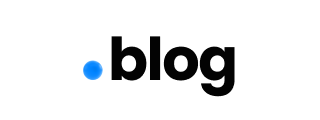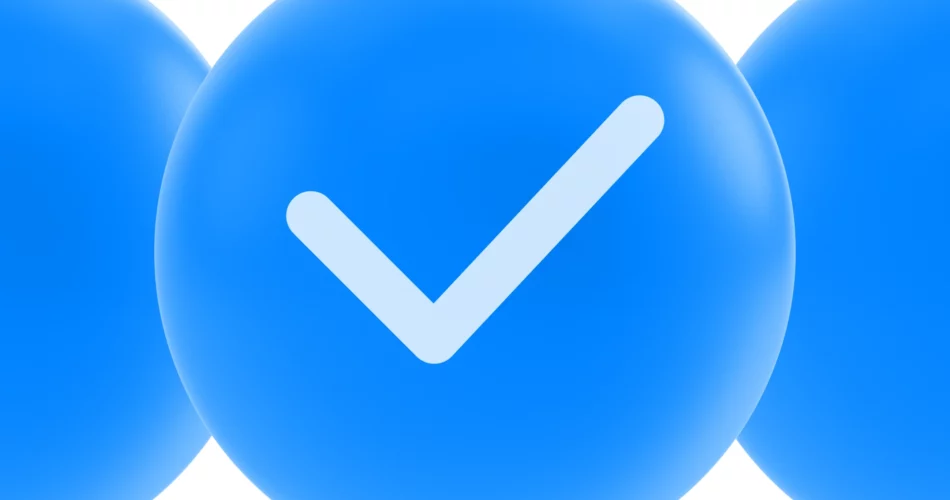Shift your focus from over-organizing by prioritizing tasks using tools like the Eisenhower Matrix and breaking down larger projects into smaller, manageable tasks to enhance clarity and execution. Implementing effective time management practices and adopting a productivity method suited to your style can help you concentrate on completing tasks rather than endlessly organizing them.
Recognize and Avoid the Traps of Over-Organizing
This article streamlines the insights from a Reddit conversation about managing tasks more effectively. It discusses some common problems associated with over-organizing and offers a few solutions we found helpful.
Such a waste of time and energy leads to many productivity gurus who have only appeared to try to help folks in this situation. Still, overcoming being unproductively over-organized is a critical issue for far too many people today—and one that’s getting worse.
Tip
Try using simple tools like the Eisenhower Matrix to better prioritize tasks, breaking down larger tasks into immediately doable actions.
One major problem is putting the wrong priorities in place, where not all jobs are of equal importance. Combat this by concentrating on what truly needs to be done based on two key criteria: how urgent a task is and what sort of impact it is likely to have when completed. The Eisenhower Matrix can help in this regard. It offers a way to visually categorize tasks into four quadrants and can assist users in doing what really counts with the time they have available.
|
Eisenhower Matrix Quadrant |
Description |
|
Urgent and Important |
Tasks to be done immediately |
|
Not Urgent but Important |
Tasks to schedule for later |
|
Urgent but Not Important |
Tasks to delegate if possible |
|
Not Urgent and Not Important |
Tasks to eliminate or reduce |
An overloaded to-do list can be a source of anxiety and can lead to not making any decisions at all. For some, the anxiety of seeing an overstuffed task list can be so great that they will put off making decisions just to avoid the feeling of working on an over-burdened list. However, for those who do not task avoid, keeping a clear list of what must be done can allow for clear focus and sure movement from one task to the next.
Successful task completion often involves breaking down larger projects into smaller, manageable tasks. This approach prevents overwhelm and keeps motivation high by allowing individuals to hit achievable milestones, as recommended in effective task management strategies. This differentiation between projects and tasks creates clarity and helps track progress efficiently.
Finally, it’s crucial to maintain a balance between being organized and taking action. As highlighted, this balance is vital to productivity and protects one from the dangers of being too organized. Scheduling tasks and setting realistic deadlines ensure accountability without the burnout associated with pushing too hard.
Individuals can steer productivity software in a more effective direction by adopting these strategies. The software can be compelling, but it can also be very distracting. These strategies minimize distractions and focus our thoughts on the actions we want to get done instead of getting lost in over-organization.
Implement Actionable Strategies for Completing Tasks
Finding efficient ways to manage tasks can be a puzzle for people, especially for those who are performing multiple roles. They need to discover not just what makes them effective, but also what doesn’t trip them into the “over-organizing” pit, where you’re much too busy organizing to actually get work done. Here are a few strategies to look for in someone else’s toolkit.
“You can’t sort tasks into manageable steps if you’re on the verge of a mental breakdown because you keep worrying about something important slipping your mind.”
Commence with a Brain Dump. This technique enables a person to clear the mind of a multitude of thoughts and ideas. The brain dump allows all potential tasks to be laid out before the individual. The aim is to move these thoughts to paper and unclog your brain.
Example
Using a simple notebook can be just as effective for a brain dump as more complex digital solutions.
After cataloging your duties, implement a Centralized Tracking System. This should be a dependable task management app that puts everything in one place, safeguarding against any task going unnoticed. You could use monday.com, ClickUp, or a similar tool, designed not just for flashy visuals but also for making your life more accessible across devices and—most importantly—helping manage your tasks so that you can focus on more meaningful pursuits.
Concentrate on generating an Actionable Task List. This is about decomposing the tasks into particular, reachable steps. The task list should leave no doubt about what must be done and when. To get to this point, the Eisenhower Matrix is a superb tool for figuring out what task is first on your hit list. This clarity is essential because you cannot focus on what is really important without it.
Tools and Techniques for Task Management
|
Tool/Technique |
Purpose |
Benefits |
|
Brain Dump |
Clear the mind of thoughts and ideas |
Prevents mental overload and organizes thoughts |
|
Centralized Tracking System |
Keep tasks in one place |
Avoids tasks being unnoticed, accessible across devices |
|
Actionable Task List |
Break down tasks into specific, achievable steps |
Clear guidance on tasks, enhances focus on important tasks |
|
Eisenhower Matrix |
Prioritize tasks based on urgency and importance |
Helps in identifying priority tasks for effective focus |
|
Daily Objectives and Due Dates |
Set daily goals and timelines |
Promotes progress, allows flexibility to manage stress |
|
Mindfulness and Regular Evaluation |
Reflect on tasks and systems used |
Improves efficiency, aligns task management with goals |
In addition, establishing Daily Objectives and Due Dates enables you to assign time volumes to each day for making countable progress. These are the next level of target-setting and provide the requisite immediacy for propelling you through the day. Yet, with deadlines come the tendency to stress when we feel our time slipping away. A helpful counterbalance is to work in some not-so-timely flexibility that allows for sudden changes or interruptions without sending your stress levels through the roof source.
Finally, be sure to practice Mindfulness and Regular Evaluation. Mindfulness is a simple but powerful practice that can help you perform better and feel less stressed in your work. Regularly assessing not only the tasks you’re managing but also the systems you use to manage them can rectify any misalignments that may have occurred due to the increase in your workload or the changing nature of your goals source. Most importantly, these practices are likely to produce a huge benefit in your efficiency and effectiveness when it comes to completing tasks.
Identify and Use a Productivity Method Suited to Your Style
Choose a productivity method that moves you from constant organizing to actually getting things done. The first step in doing that is to understand how you take in and work with information. Everyone has a preferred way of learning, though not everyone has a strong awareness of it. When you realize your learning style—whether visual, auditory, reading/writing, or kinesthetic—you can better choose a method of task management that aligns with your natural style.
Tip
Try experimenting with a few different productivity methods to find the one that best suits your style and needs.
For people who take in information best when it is presented visually, methods like Personal Kanban can be particularly potent. This technique uses visual aids such as boards and sticky notes to lay out tasks, giving you a clearer view of your workflow. Conversely, if you are someone who thrives on certain, structured schedules, you might find Time Blocking more to your taste. This approach has you section off the day into time slots reserved for certain tasks, thereby enhancing focus and reducing distractions to a dull roar.
If you derive clarity from dividing your tasks into manageable portions, you might find the “Eat That Frog” strategy to be beneficial. The essence of this approach is to take on the day’s most demanding task first, and in doing so, prevent it from hanging over your head and shadowing the rest of your day. This method ties into the concept of Ego Depletion, where taking on high-impact tasks first, when your willpower is highest, can lead to better productivity outcomes.
|
Learning Style |
Recommended Productivity Method |
Description |
|
Visual |
Personal Kanban |
Utilizes visual aids such as boards and sticky notes for task management and workflow visualization. |
|
Auditory |
Pomodoro Technique |
Involves using timers (often with auditory signals) to break down work into intervals, improving focus. |
|
Reading/Writing |
Bullet Journaling |
Focuses on writing lists and notes to enhance task tracking and organization. |
|
Kinesthetic |
Time Blocking |
Encourages active scheduling of activities, with hands-on planning and execution. |
Optimize with Effective Time Management Practices
Effective time management practices are essential for maximizing productivity and ensuring that you make tangible progress on your tasks. Here are some strategies to consider:
- Prioritize Your Tasks: Use tools like the Eisenhower Matrix to categorize your tasks based on urgency and importance. This helps you focus on what truly matters.
- Set Specific Time Blocks: Allocate specific time slots for different tasks throughout your day. This can prevent distractions and help you maintain focus.
- Limit Task Overlap: Avoid multitasking as it can dilute your attention. Focus on one task at a time to improve your efficiency.
- Regular Breaks: Incorporate short breaks between tasks to recharge your mind. Techniques like the Pomodoro Technique can be helpful, where you work for a set period and then take a break.
- Reflect on Your Day: At the end of each day, take a moment to reflect on what you accomplished and plan for the next day. This practice can enhance your productivity over time.
By integrating these time management practices into your routine, you can reduce the tendency to over-organize and instead focus on completing your tasks efficiently.


